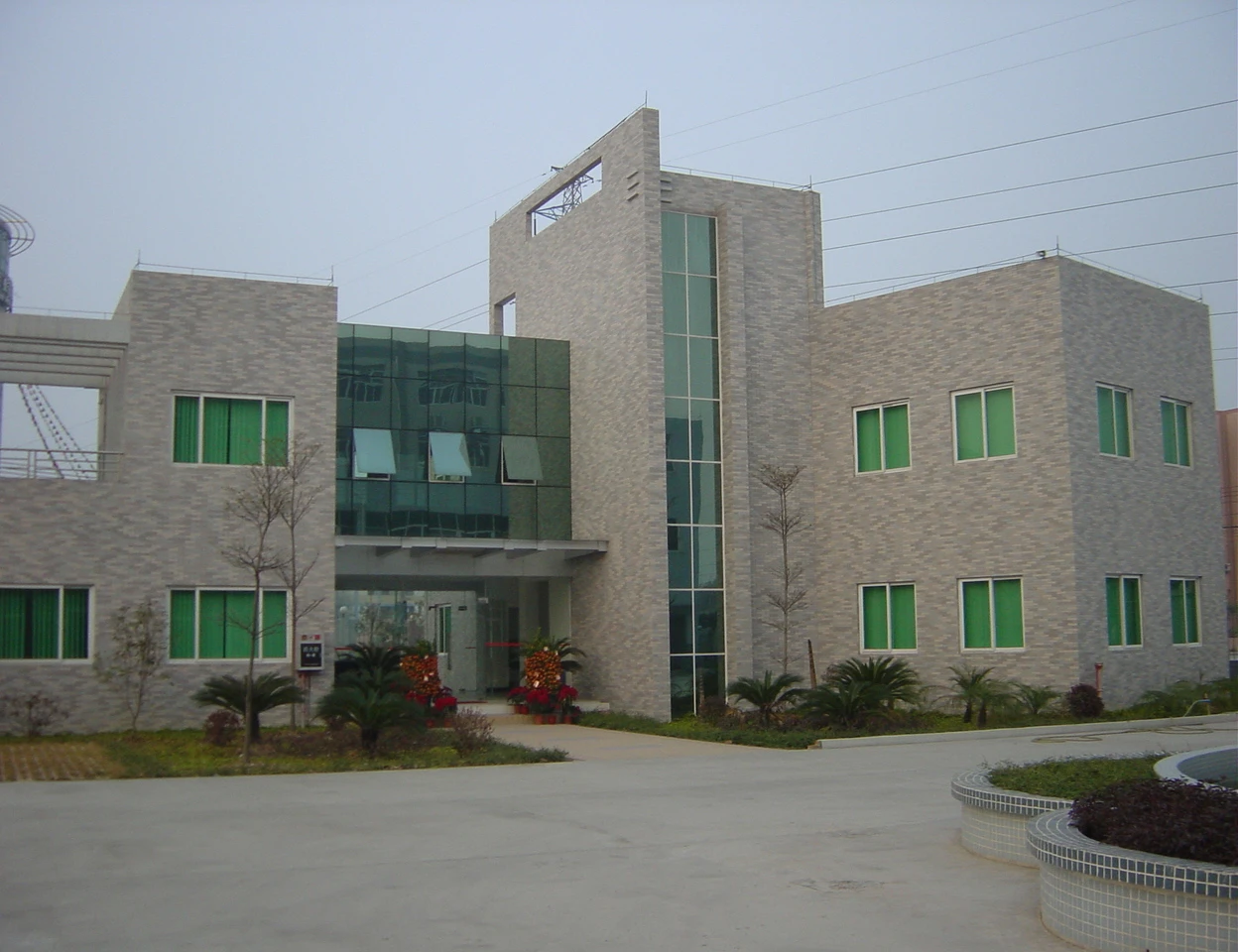



Sodium Hydroxide Manufacturing Facility Design and Operational Insights
NaOH Production Plant Overview and Key Considerations
The production of sodium hydroxide (NaOH), commonly known as caustic soda, is integral to numerous industries, including paper manufacturing, chemical processing, and water treatment. Establishing a NaOH production plant involves a comprehensive understanding of various processes, technologies, safety standards, and environmental impacts.
Production Processes
Sodium hydroxide is primarily produced using three methods the diaphragm cell process, the mercury cell process, and the membrane cell process. Each method employs different technologies and materials, influencing both the efficiency and environmental footprint of the plant.
1. Diaphragm Cell Process This method uses a porous diaphragm to separate the anode and cathode compartments of the electrolytic cell. Sodium chloride (NaCl) solution is electrochemically split into NaOH and chlorine gas. The advantages of this process include lower capital costs and relatively simple operation. However, it produces a lower purity of NaOH and introduces some environmental challenges due to the release of brine.
2. Mercury Cell Process In this process, mercury acts as the cathode, facilitating the electrolysis of sodium chloride solution. While this method yields high-purity NaOH, it raises significant environmental and health concerns due to mercury's toxicity. As a result, many countries are phasing out this technology in favor of safer alternatives.
3. Membrane Cell Process This modern method uses a selective membrane to separate the anode and cathode chambers, allowing only sodium ions to pass through. The advantages include high purity of the resulting NaOH and lower electricity consumption compared to other methods. This process is becoming the predominant choice for new plants, particularly due to its reduced environmental impact.
Economic and Technical Considerations
When planning for a NaOH production plant, one must consider several economic factors, including raw material availability, energy costs, and market demand. Sodium chloride, typically sourced from salt mines or seawater, serves as the primary feedstock. The proximity to these resources can significantly affect transportation costs and overall profitability.
Energy consumption is another critical factor. Electrolysis processes are energy-intensive, and the fluctuating prices of electricity can impact operational costs. Innovations in energy efficiency, such as employing renewable sources, can enhance the sustainability of the plant and reduce operational costs.
naoh production plant

Safety and Environmental Impact
Safety is a paramount concern in the operation of a NaOH production plant. Sodium hydroxide is highly corrosive and poses significant risks to personnel and equipment. Robust safety protocols must be established, including the use of protective equipment, regular training for employees, and emergency response plans.
Environmental impact assessments are also essential. The production of NaOH generates by-products, including chlorine gas, which can be hazardous if not managed correctly. Implementing technologies for the recovery and use of these by-products, such as in the production of hydrochloric acid, can reduce waste and enhance the plant's sustainability.
Future Trends
The future of NaOH production plants is likely to be shaped by several trends. First, there is a growing emphasis on sustainability and reducing carbon footprints. This may lead to the increased adoption of membrane cell technology and advancements in renewable energy integration.
Second, there is a push for circular economy practices. The recycling of by-products and minimizing waste generation can help align operations with global sustainability goals. Innovations in process efficiency and waste management are expected to become focal points in the design and operation of new facilities.
Finally, digitalization is transforming the chemical manufacturing industry. The use of advanced monitoring systems, automation, and data analytics can enhance operational efficiency, reduce maintenance costs, and improve safety.
Conclusion
Establishing a NaOH production plant requires a thorough understanding of various technological processes, economic factors, safety protocols, and environmental considerations. As industries continue to evolve, the trends toward sustainability, efficiency, and digital transformation will shape the future landscape of sodium hydroxide production. Meeting these challenges head-on will not only ensure profitability but also contribute to a more sustainable and responsible chemical manufacturing sector.
-
Why Sodium Persulfate Is Everywhere NowNewsJul.07,2025
-
Why Polyacrylamide Is in High DemandNewsJul.07,2025
-
Understanding Paint Chemicals and Their ApplicationsNewsJul.07,2025
-
Smart Use Of Mining ChemicalsNewsJul.07,2025
-
Practical Uses of Potassium MonopersulfateNewsJul.07,2025
-
Agrochemicals In Real FarmingNewsJul.07,2025
-
Sodium Chlorite Hot UsesNewsJul.01,2025










